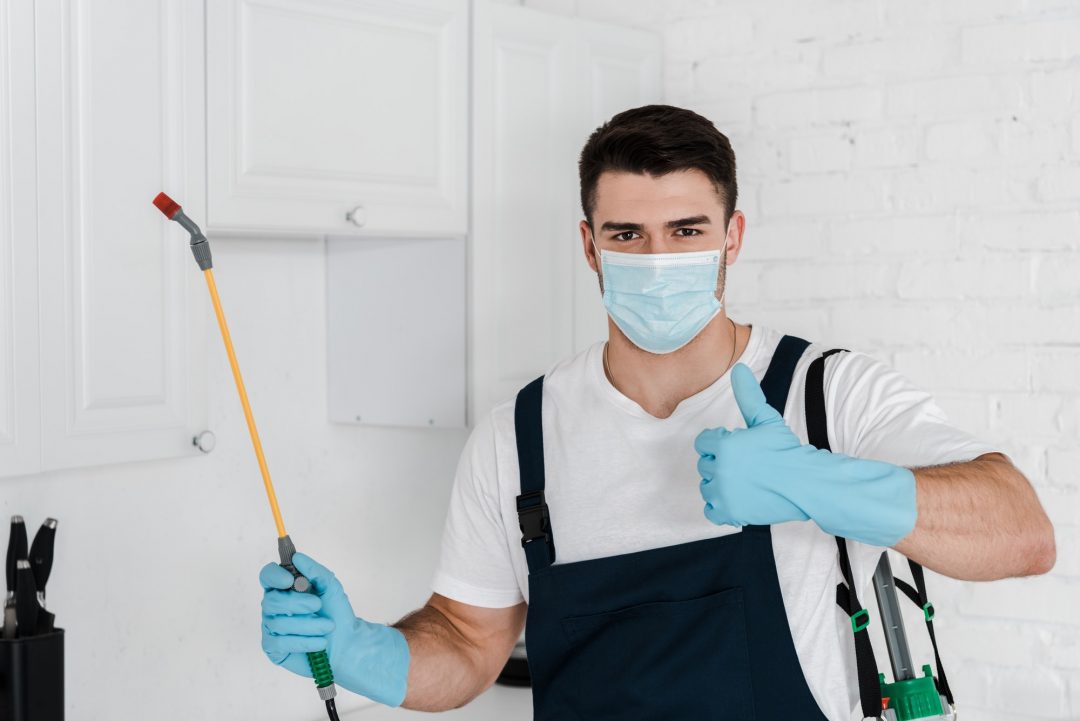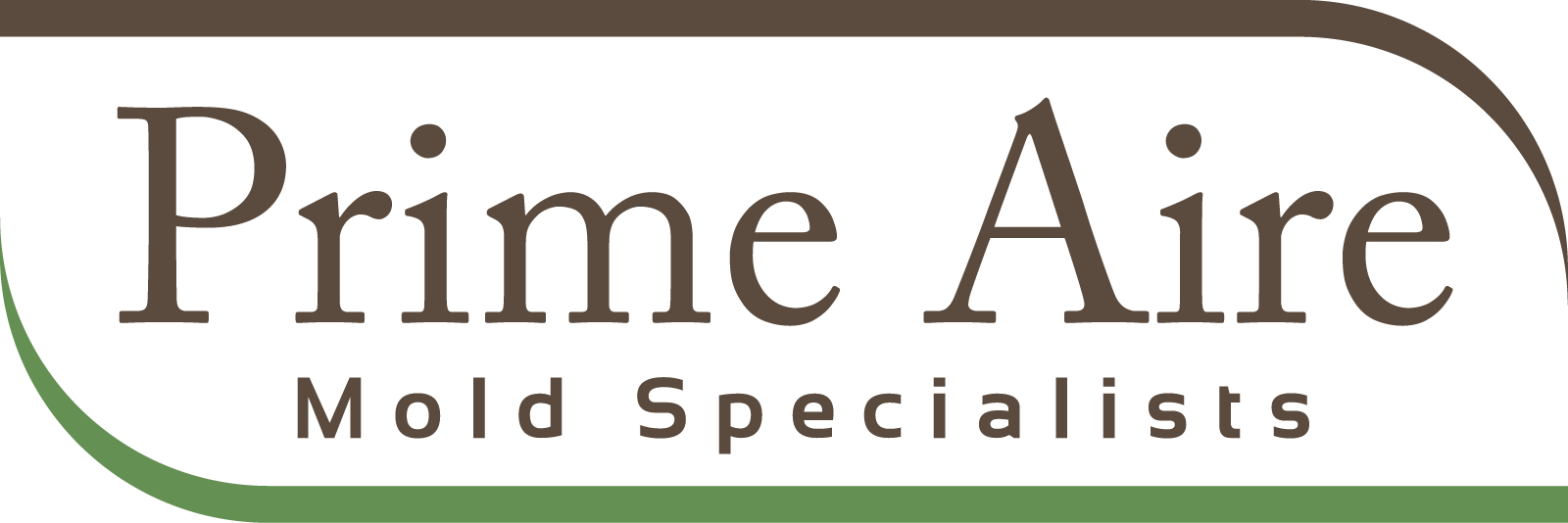Prime Aire Mold Specialist NYC
Protect your home from Mold Leaks Moisture Water Damage
Prime Aire has earned the honor of being named the most trusted mold inspection company in the New York, New Jersey and Connecticut tri-state region. When reliability, honesty and integrity are important – call Prime Aire mold services for your Mold Removal NYC & Assessment needs

NYC Mold Removal Scope Outlined BY:
Prime Aire Mold Specialist NYC
With over two decades of experience and over 8,000 successful projects, Prime Aire is a leading mold inspection, mold remediation and environmental consulting company for New York, New Jersey and Connecticut. Prime Aire Mold and environmental Testing is a professional residential and commercial indoor air quality service specializing in state-of-the-art mold inspections and testing of of indoor contaminants.
Our certified staff is committed to unsurpassed customer satisfaction, professional and knowledgeable consulting, and growing Prime Aire to be a Northeast leader in environmental science and microbial abatement. We’ve come to be the best mold specialist NYC has to offer, using continuing education and unparalleled staffing!
Great Service! All around a fantastic company. They help me find out what type of mold I had in my basement as well helped me remove it the staff is always so professional and nice!! I hear the best compliment is to recommend and share with others! I would recommended Prime Aire to any one any day of the week! Thank you for all you did for us!
Gladis Castillo

NYC Mold Testing & Inspection
Licensed Mold Services NYC
Mold is a natural living organism in the Northeast. It exists in the air in the form of microscopic spores that move in and out of buildings through doors, windows, vents, HVAC systems and anywhere else where air enters the residence. If you suspect you may have a mold problem, it is always best to have a certified mold inspector assess the overall condition of property.
Mold Testing of Surfaces & Air
Advanced Mold Inspections NYC
Leak Detection & Moisture Testing
Arsenic & Bacteria Testing
What we offer
Outstanding Digital Reports & Latest Equipment
Prime Aire Mold Services provides the most comprehensive real estate inspections report in the industry, backed by a 90 day free home warranty; detailed inspection reports with digital photos, mold testing, infrared thermography inspections, cost saving energy audits and a complete contractor referral service.
What You Don’t See Can Harm You!
Overgrown By Mold?
Initial Mold Assessment
What Is Mold?
Why Test For Mold?
Health Effects Of Mold
Our NYC Mold Testing & Inspection Process
Prime Aire Mold Services NYC
- We send an experienced, Licensed Mold Inspector to the property to do a full five point inspection, visual and manual mold assessment.
- Air samples are taken to check levels of mold in the air, swab samples to check if there is active fungal (mold) on surfaces. We then check for possible water intrusion points that may lead to mold, and take non-invasive moisture level measurements.
- Everything is documented into our secure reporting platform, then sent to you. Photographs of mold specimen sources are attached to a “Chain of Custody” document; a procedure compliant with legal standards for evidence. Additionally, we use particle counters in and outside your home to determine the amount of negative particles that are in elevated indoor levels as compared to the outside.
- Infrared camera technology is used to clearly show mold that may be growing behind walls, and moisture readers to detect moisture damage to drywall, insulation and other materials in your property.
- Within 2-3 business days, we provide you with a detailed report of the lab results. This report will advise on (1) whether there is mold; (2) severity of the mold growth rate; (3) the recommended remediation steps to remove the mold; and (4) instructions to prevent mold from reoccurring along with infrared photos of your property. Mold Removal guidelines are outlined in detail on all reports compiled.
Small Home
Lacus erat diam ornare-
Nullam hac eleifend
-
Nunc augue donec
-
Elit duis et
-
Quisque odio per
-
Condimentum lorem mus
Small Business
Lacus erat diam ornare-
Nullam hac eleifend
-
Nunc augue donec
-
Elit duis et
-
Quisque odio per
-
Condimentum lorem mus
Enterprise
Lacus erat diam ornare-
Nullam hac eleifend
-
Nunc augue donec
-
Elit duis et
-
Quisque odio per
-
Condimentum lorem mus
We use safe and environmentally friendly measures.
To summarize, this includes air testing, swab sampling, water intrusion inspection, moisture level measurement, photographs of mold sources, internal/external mold particle comparison, infrared technology hidden mold detection and damage assessment, and a detailed report summarizing lab results as well as recommended cure steps. Our mold services intend to provide you with a thorough understanding of the conditions in your home.

NYC Mold Specialists you can trust.
Our Services Include
- Mold Testing of Surfaces and Air
- Leak Detection and Moisture Testing
- Infrared Inspection & Survey / Infrared Thermal Imaging Assessment
- Mold Assessment, Mold Mitigation and Consulting
- Mold Removal nyc and Mold Remediation
- Water Damage Assessment and Mitigation
- Laboratory Analysis of Mold Samples Taken
- Complete Review of Findings and Laboratory Results
- Recommendations for Removal / Remediation ( If necessary )
New York, New Jersey and Connecticut tri-state region
Prime Aire has earned the honor of being named the most trusted mold inspection company
Guaranteed protection
Prime Aire Mold Services provides the most comprehensive real estate inspections report in the industry, backed by a 90 day free home warranty; detailed inspection reports
Expert Team
A professional licensed mold inspector can assist the consumer in determining root cause and the course of action required to prevent reoccurrence of mold
Always-on support
Our certified staff is committed to unsurpassed customer satisfaction, professional and knowledgeable consulting

Testimonial
Here’s what our customers say
Getting fresh air back to the household



Need Help?
We'd love to hear from you.
If you suspect you may have a mold problem, it is always best to assess the overall condition of your home with the best certified mold specialist NYC offers.
Contact Sales
Designed to help our clients discover, document, and understand mold-related issues.
Send Ticket
Our service is intended to provide you with a thorough understanding of the conditions in your home.
Contact Us
If you suspect you have mold growing indoors, the time to act is sooner rather than later. Talk to a professional.






